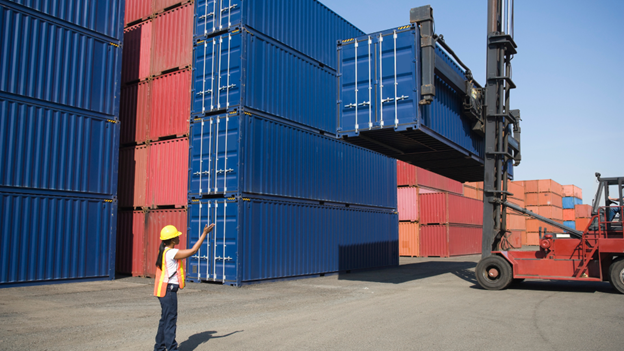Transportation of Dangerous Goods
-

49 CFR Lithium Battery Regulations Revised for Air Transport
Due to their unique challenges to safety in the air transportation environment, transporting lithium batteries safely by air has been an ongoing concern. Unlike most other hazardous materials, lithium batteries have a dual chemical and electrical hazard. If involved in a fire, this combination of risks can create a scenario that exceeds the fire suppression […]... Learn more
-

All You Need to Know About IMDG Code for Shipping Containers
The purposes of the IMO are to provide machinery for cooperation among Governments in the field of governmental regulation and practices relating to technical matters of all kinds affecting shipping engaged in international trade, to encourage and facilitate the general adoption of the highest practicable standards in matters concerning maritime safety, the efficiency of navigation […]... Learn more
-
When Are Placards Required In Canada?
A placard is a dangerous goods safety mark that is displayed on a large means of containment (MOC). It is used to identify dangerous goods and to show the nature of the danger they pose. There is so much confusion around when placards are required in Canada so we have put together some Q&As to […]... Learn more
-

What You Need to Know to Ensure Effective Usage of SDSs
Your workplace has hazardous chemical products that you are likely unaware of. The corresponding Safety Data Sheets for these products are filled with useful information for workplace safety. Properly managing those Safety Data Sheets is an important first step in becoming aware of the hazards and achieving chemical safety compliance. What is an SDS? Safety […]... Learn more
-

IATA DGR Changes in the 64th Edition (2023): Everything You Need to Know
Every year more than 1.25 million dangerous goods shipments are transported by air. With air cargo growth predicted at 4.9% every year over the next 5 years the number of dangerous goods shipments will rise significantly. With so many dangerous goods being shipped by air, safety regulations must be followed precisely. Airlines, freight forwarders, ground handlers and […]... Learn more
-

49 CFR (DOT) Hazmat Training Requirement by Law (USA)
Training is the best means of preventing or reducing hazardous materials (hazmat) incidents in transportation that are caused by human error. The Federal hazardous materials transportation law (49 U.S.C. 5101, et seq.) is the statute pertaining to the transportation of hazmat in the United States and requires the training of ALL hazmat employees. In transportation, […]... Learn more
-

Canada – Publication of Proposed Amendments to the Transportation of Dangerous Goods Regulations (Registration Database)
On June 25, 2022, The Government of Canada has created a new Transportation of Dangerous Goods Registration Database and will require persons who import, offer for transport, handle or transport dangerous goods in Canada to register themselves and the sites where they carry out such activities. Registered persons will have to provide administrative information about […]... Learn more
-

What is Required to Mark and Label Dangerous Goods Packages in Canada?
Labelling and marking dangerous goods shipments is essential to identify what the dangerous goods are, to avoid delays or fines and is also essential for preventing safety hazards. Before shipping, remember to check which laws and regulations apply and your carrier’s requirements. Dangerous goods labels convey the primary threats posed by the dangerous goods. This […]... Learn more
-

Why Should Transportation of Dangerous Goods Training be Integrated Into Your Chemical Management Program?
The Transportation of Dangerous Goods (TDG) Act and Regulations aim to promote public safety when dangerous goods are being handled, offered for transport or transported by road, rail, air, or water (marine). TDG also establishes safety requirements. Anyone who handles (ships, transports, and receives) dangerous goods by road, rail, air, or water (marine) must comply […]... Learn more
-

Does GHS Require Product Testing for Hazard Classification?
Chemical manufacturers, importers, and distributors must update how they classify and communicate the hazards of their products under the Globally Harmonized System (GHS) of SDS and Label authoring. It is mandatory to label products and provide Safety Data Sheets (SDS) that convey the dangers for anyone who purchases, receives, or uses the product. In addition, […]... Learn more
